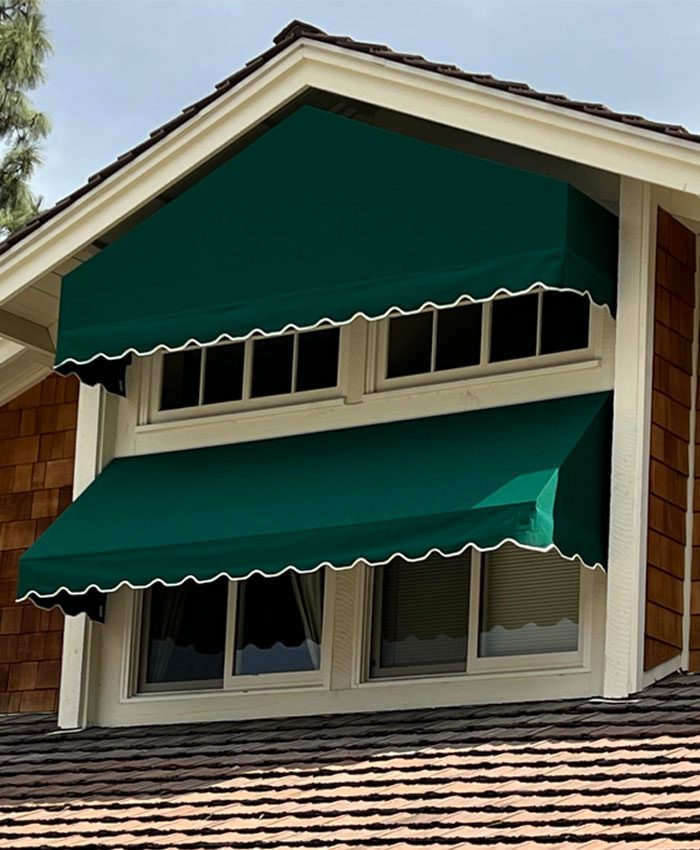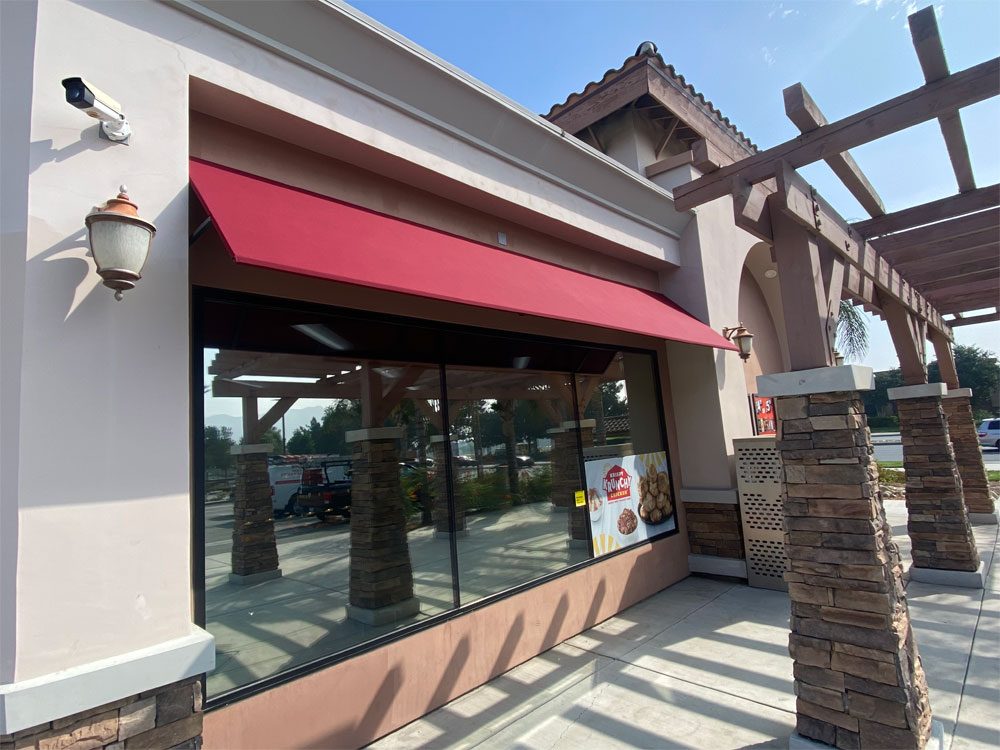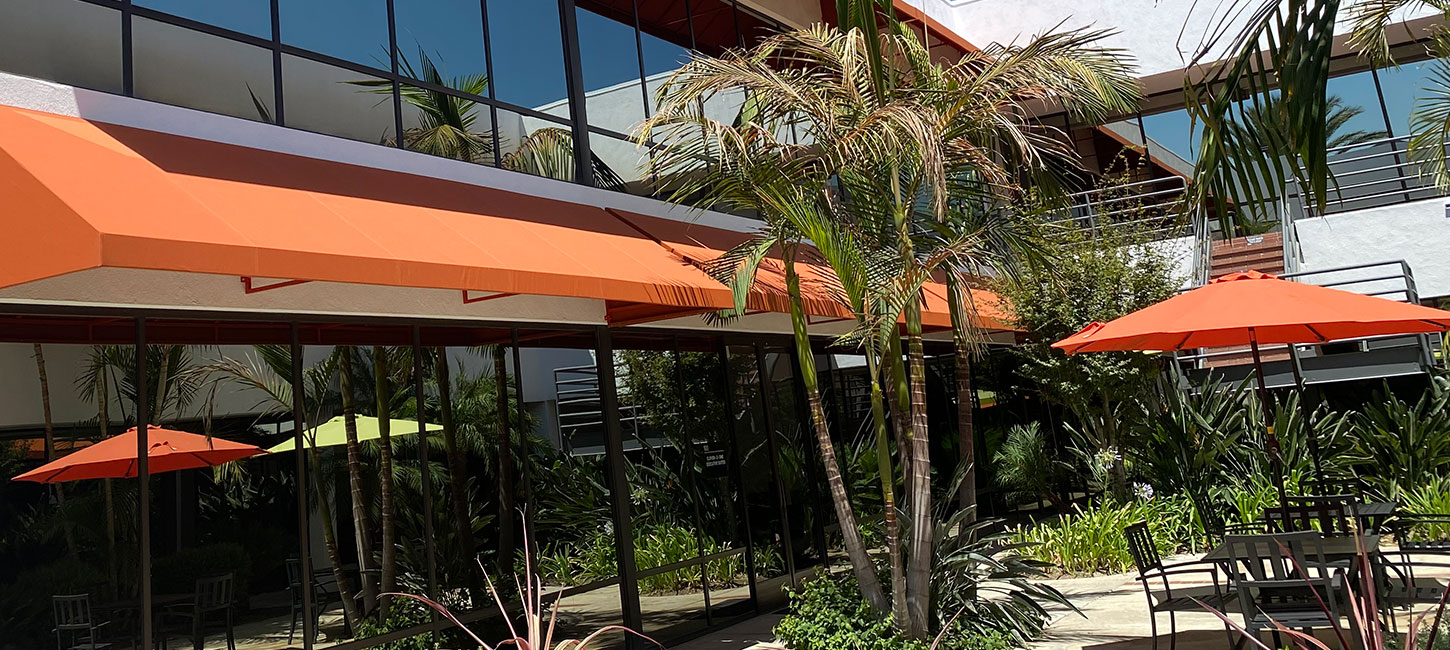Canopies and awnings are indeed excellent additions to a house, backyard, or commercial establishments for providing shaded zones to entertain guests or attending customers while also adding aesthetic appeal. Both of these additions are wonderful for providing shade from the sun during the hot summer months. Despite their similarities and the fact that the two terms are frequently used simultaneously, canopies and awnings are two separate structures with distinct advantages and functions. It’s essential to understand these distinctions before deciding which is ideal for your place.
Design
The principal difference is in the design. Awnings are generally made of fabric and attached to the structure, and they are frequently placed over a window or glass door. It can be extended and retracted to give protection as needed. A canopy is normally self-supporting, with pillars supporting a fabric roof. Because it is not attached to anything, a canopy can be disassembled and relocated.
Purpose
Both external and interior spaces can benefit from the shade provided by an awning. A window awning keeps your house or business cool by blocking the sun’s rays from penetrating and shielding anything that is closest to the window from sun damage, whether it’s furniture, artwork, or anything else. The awning may be lowered on overcast days to let additional light into the inside. This function also reduces the amount of energy used for cooling and heating.
In contrast, a canopy is only utilized to offer shade for an outside space. It’s generally larger than an awning and can be placed anywhere in your yard, even if there’s no structure to mount it to because it’s free-standing. In the summer, canopies are the perfect place to set up a table and chairs and host dinner parties, brunches, cocktail parties, or any other type of event.


Size
Awnings are generally only a few feet long. Because they are installed after the property has been built, there is a restriction on how large they can be without influencing the structural integrity. In the case of a canopy, however, this is not the case. Its only restriction is the amount of space available. The canopy can be spacious enough to accommodate gatherings of 20 or more individuals.
Once you identify these differences you can see that the right option for you will be determined by your circumstances and the purpose for which you intend to utilize it. Knowing your space needs, whether you have a structure to attach the awning to, or whether you need it in an area with no buildings, can influence which type is best for you.
Here at exclusive awnings, we will be pleased to assist you despite the type of awning or canopy you prefer, what your requirements are, or if you are still considering which would be best for you. We will work to give you the best result possible with long-lasting materials, high-quality service, and competitive prices. Contact us today!

